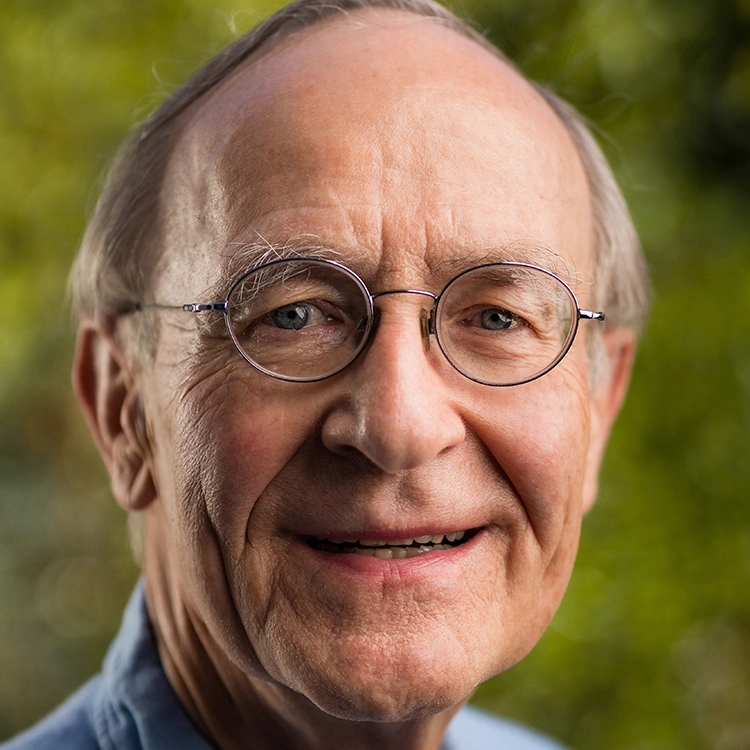Overview
Francois Schweizer's research has added to the awareness that these events are dominant processes in shaping galaxies and determining their stellar and gaseous contents.
When nearby galaxies collide and merge they yield valuable clues about processes that occurred much more frequently in the younger, distant universe. When two gas-rich galaxies collide, their pervasive interstellar gas gets compressed, clumps into dense clouds, and fuels the sudden birth of billions of new stars and thousands of star clusters.
Some of the newborn clusters are so dense that they survive a merger intact and orbit in the remnant galaxy for billions of years as "globular clusters." Schweizer and collaborators use the Hubble Space Telescope to search for young globulars and study their formation and evolution. Follow-up analysis with Magellan and other ground-based telescopes then yields the clusters' velocities, chemical compositions, and ages.
Schweizer is also collaborating with astronomers using NASA's Chandra X-ray Observatory to study point sources and the hot interstellar gas in merger galaxies. The team’s observations seem to connect the X-ray point sources to black holes being dynamically ejected from the newborn star clusters. The data yield direct measurements of the chemical enrichment of the gas by exploding stars called supernovae.
CV
- Ph.D. in Astronomy, 1975, University of California, Berkeley
- M.A. in Astronomy, 1970, University of California, Berkeley
- Lizentiat (undergraduate degree) in Astronomy, 1968, University of Bern
